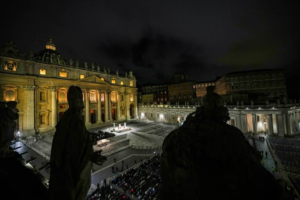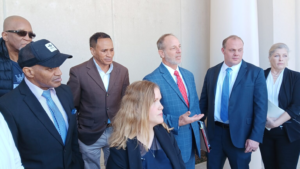The US has taken on one of the most turbulent pages in its political history as the ongoing government shutdown — the second-longest in history — rages on with no relief in sight. What began as a technical standoff over budgets has ballooned into an executive branch showdown, with President Donald Trump using the shutdown as a chance to exercise uncompromising power over the federal government and reshape the nation’s politics.
A Shutdown Like No Other
Previous shutdowns were the product of legislative logjam — conflicts between the White House and Congress about what to spend money on. This one, though, has taken on a distinctly political taste. President Trump has used the funding impasse not simply as leverage, but as an instrument to punish adversaries and shift power in the federal system.
“I don’t believe the Radical Left Democrats afforded me this unprecedented opportunity,” Trump bragged on his social media platform soon after the shutdown began.
For Trump, the shutdown is about more than a budget standoff; it’s an exercise in projecting mastery over Washington — and Democrats — in ways that other presidents avoided.
How Government Shutdowns Began
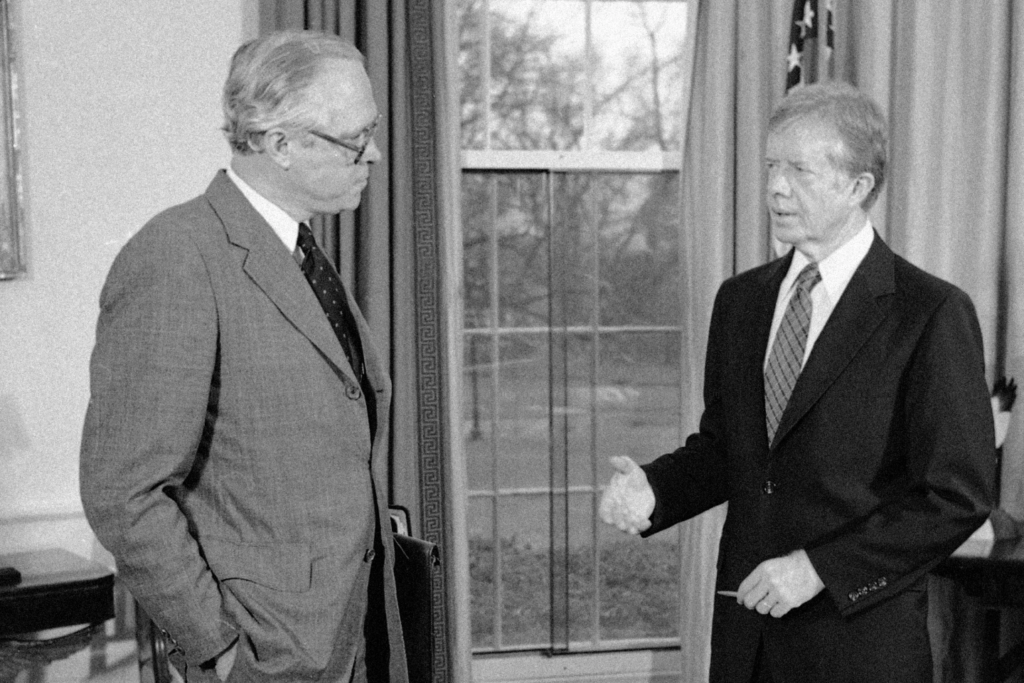
America’s modern shutdown era began in 1980, when President Jimmy Carter’s then-Attorney General Benjamin Civiletti issued a series of legal opinions construing the Antideficiency Act of 1870. Civiletti argued that the law prohibited the government from spending money in the absence of congressional authorization, basically mandating federal operations to close down in the event of appropriation deficits.
That was not political strategy, but interpretation, offered as an act of responsibility. Civiletti himself later bemoaned that his argument on the law had precipitated prolonged shutdowns.
“I never imagined these shutdowns would be so long-standing or politicized,” Civiletti said in an interview with Bloomberg News in 2018, four years before his passing.
The Political Evolution of Shutdowns
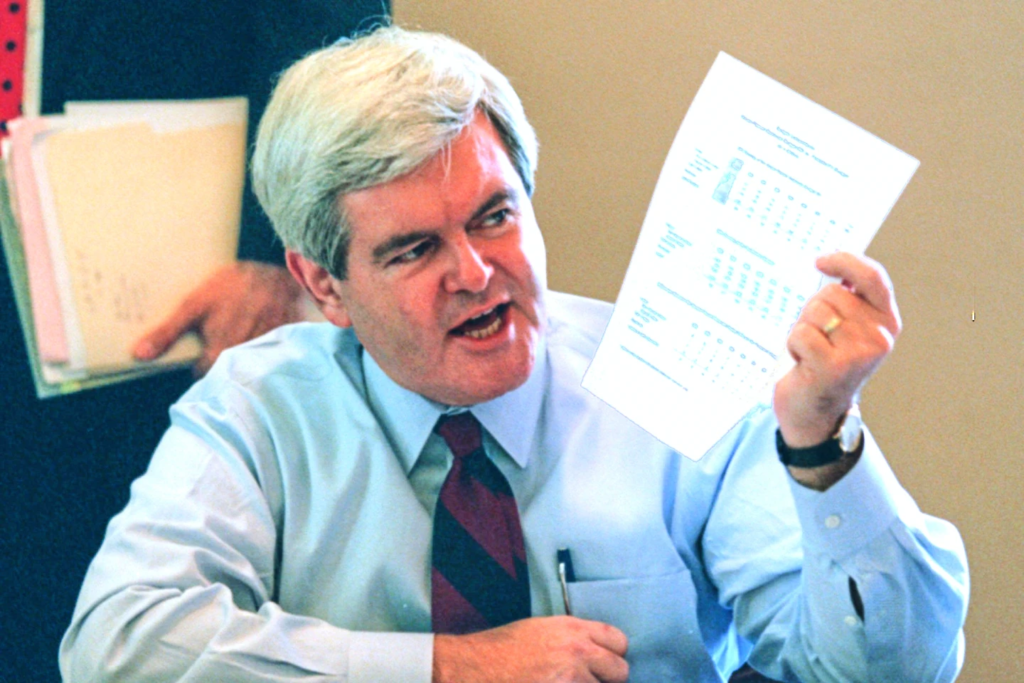
For over a decade after Civiletti’s ruling, shutdowns were short and relatively routine. The dynamic changed in 1995, when Republican House Speaker Newt Gingrich locked horns with President Bill Clinton in a high-stakes budget battle.
That showdown — which closed the government twice in one year — backfired politically, boosting Clinton’s approval ratings and helping secure his re-election.
“Republicans of the Gingrich era did get some minor policy gains,” said historian Mike Davis of Lees-McRae College. “But in the wider political context, it was a failure.”
It was the same dynamic in 2013, when Tea Party Republicans triggered a 16-day shutdown to protest the Affordable Care Act in President Barack Obama’s administration. But it wasn’t until the Trump era that shutdowns began being used as tools of executive political manipulation.
Trump Shutdown Strategy: Chaos as Power Tool
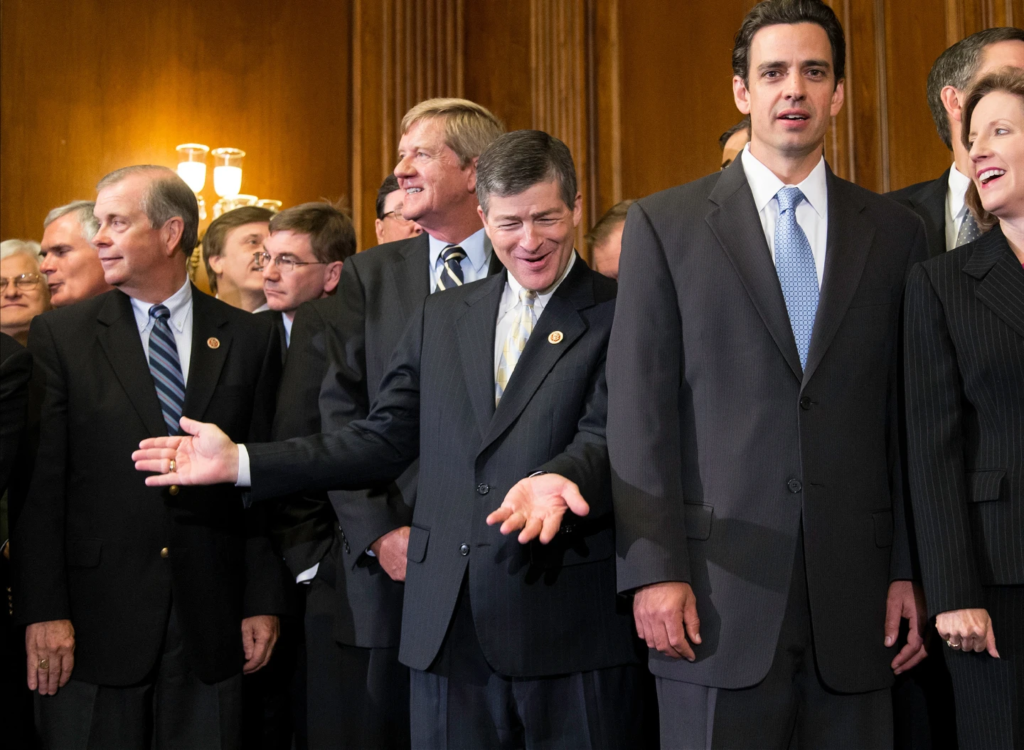
Unlike previous governments that applied shutdown rules evenly, the Trump government has applied closures selectively in the pursuit of political goals.
Charles Tiefer, the past House general counsel and present professor emeritus at the University of Baltimore School of Law, called it “a kind of freewheeling presidential appropriation power.”
“It’s anti-Constitution and the Antideficiency Act,” he said.
Federal sites have been reposted with statements accusing Democrats of causing the shutdown, and the Department of Defense has reallocated research funds to compensate active-duty troops — a step deemed legally questionable by critics. Trump has even proposed laying off over 4,000 federal employees, primarily within agencies that are under Democratic priorities.
At a luncheon this week with Republican senators, Trump introduced his budget director, Russ Vought, as “Darth Vader.” Grinning, the president said, “He’s cutting Democrat priorities, and they’re never getting them back.”
Democrats Push Back
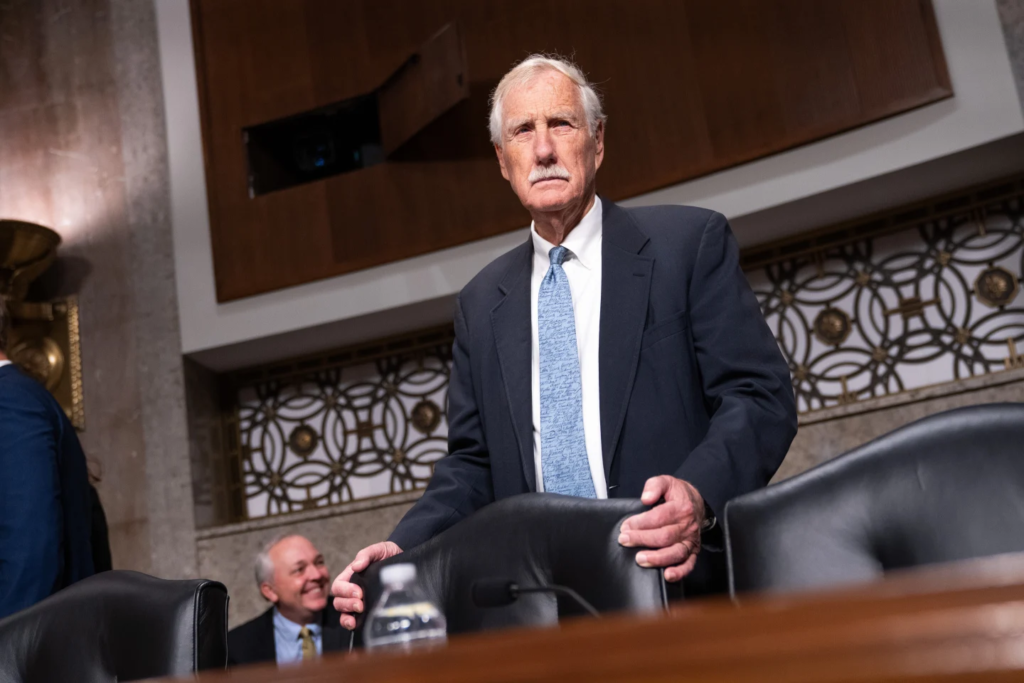
Democrats, far from folding, appear more determined than ever. They have rejected multiple Republican proposals to end the government shutdown, insisting that any deal protect Affordable Care Act health plans and limit Trump’s authority to unilaterally overhaul the federal budget.
Senator Tim Kaine (D-Va.), whose Virginia is home to a substantial federal workforce, framed the shutdown as a representation of “nonstop punishment” under Trump.
“My people are exhausted,” Kaine proclaimed. “He’s fired workers, cut funding for development projects, put pressure on schools and even fired our U.S. attorney. It’s exhausting.”
Democratic lawmakers believe that the people will finally hold the Republican-controlled government responsible for the shutdown. But all Democrats are not comfortable with the stalemate.
Senator Angus King (I-Maine), a Democrat who caucuses with them, warned that the shutdown gives Trump more unrestrained authority.
“It makes the president stronger than he should be and at the expense of the country,” King said.
Growing Economic and Human Costs
As the standoff drags on, its impact on Americans grows more desperate by the day. Hundreds of thousands of federal employees — including congressional staff members — have labored nearly a month without paychecks. Key programs such as the Supplemental Nutrition Assistance Program (SNAP), which feeds nearly one in eight Americans, face a funding cliff on November 1.
Meanwhile, air travel delays worsened due to shortages of air traffic controllers, and national parks continue to be shuttered. Economists estimated the cost of the shutdown to the U.S. economy in billions of dollars per week, with rippling effects across industries from tourism to defense contracting.
A Battle About Power as Much as Policy
To others, though, this isn’t simply a spending disagreement — it’s a struggle over presidential authority. Trump’s impulsive tactics have clouded traditional lines between the executive and legislative branches, raising constitutional questions that would echo for years to come even after the shutdown is ended.
Political scientist Laura Stephanson of Western University compared the situation to “a stress test for democracy.”
“Trump discovered that a shutdown could be used as a tool of policy,” she said. “That changes the nature of the presidency — and how subsequent presidents may use power.”
What’s Next?
As negotiations stall, both sides are under mounting pressure. The White House insists that Democrats must capitulate in order to reopen the government, while Democrats indicate that doing so would reward Trump’s overreach.
As the shutdown enters its second week, the stakes are no longer purely about policy disagreements. It is now a battle for the heart and soul of American government — whether Washington leadership will stay on checks and balances, or increasingly on the whim of one man.



